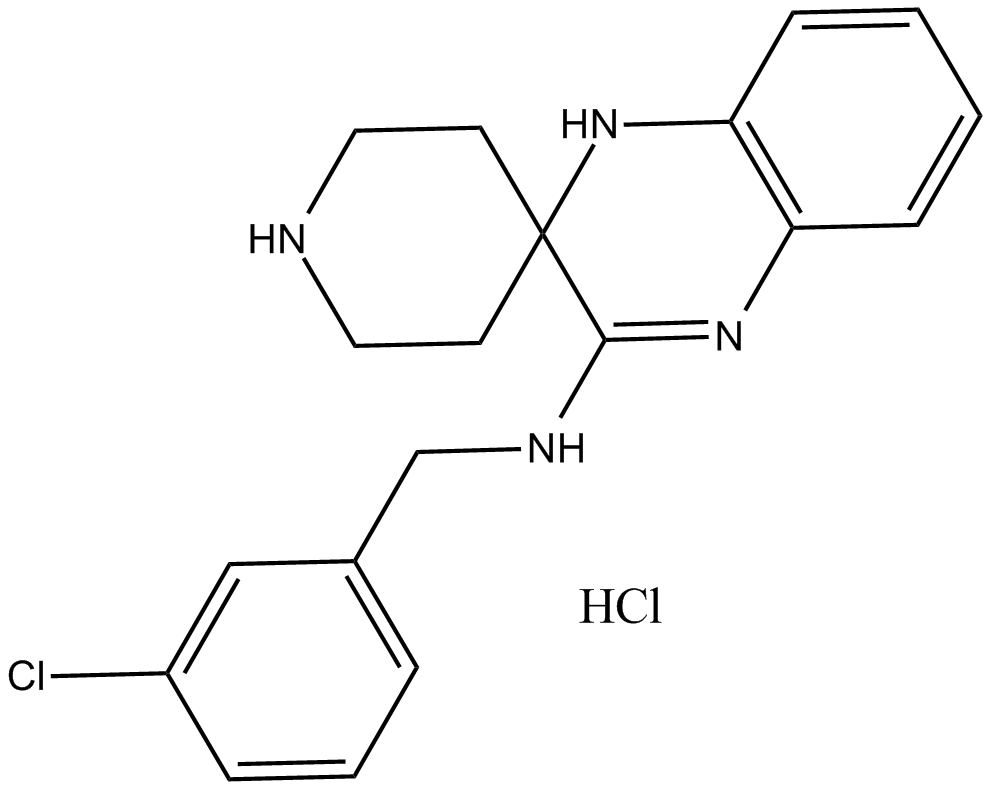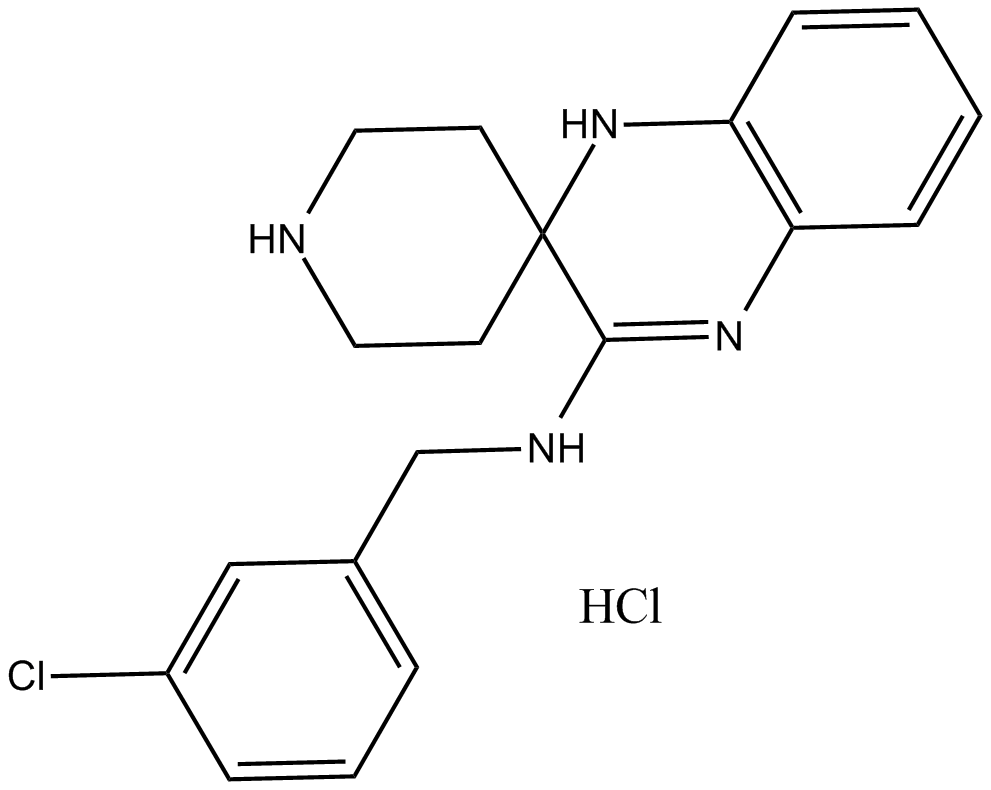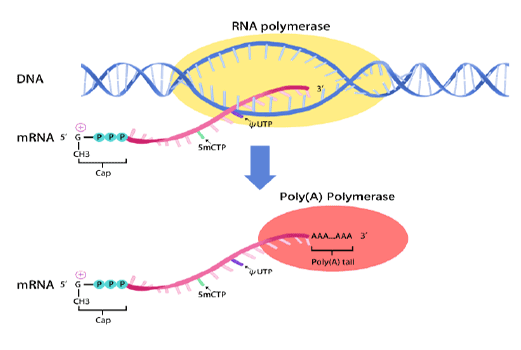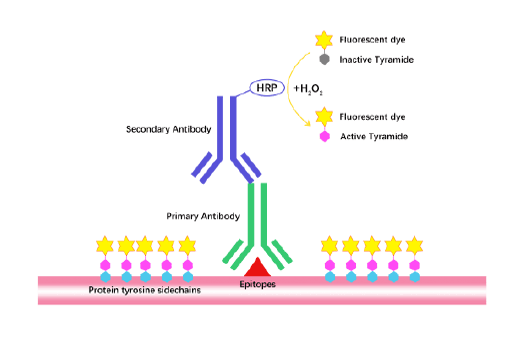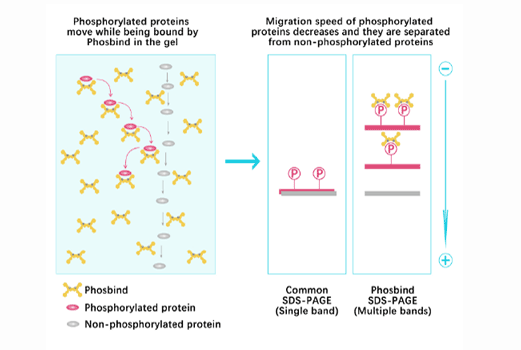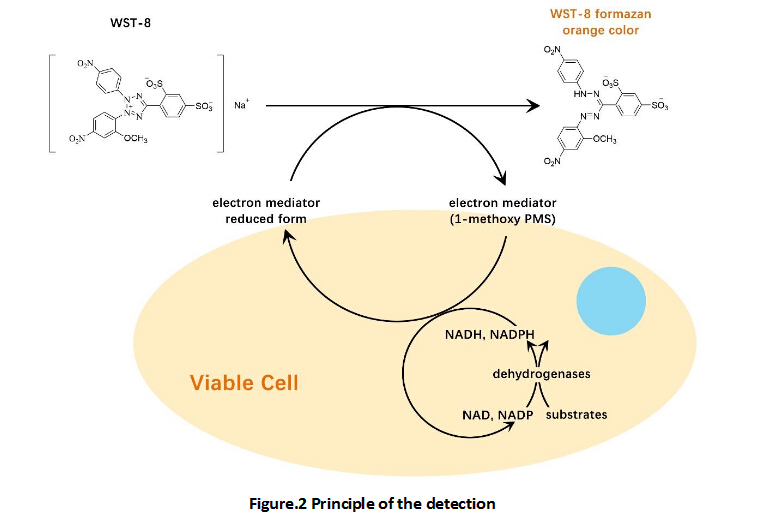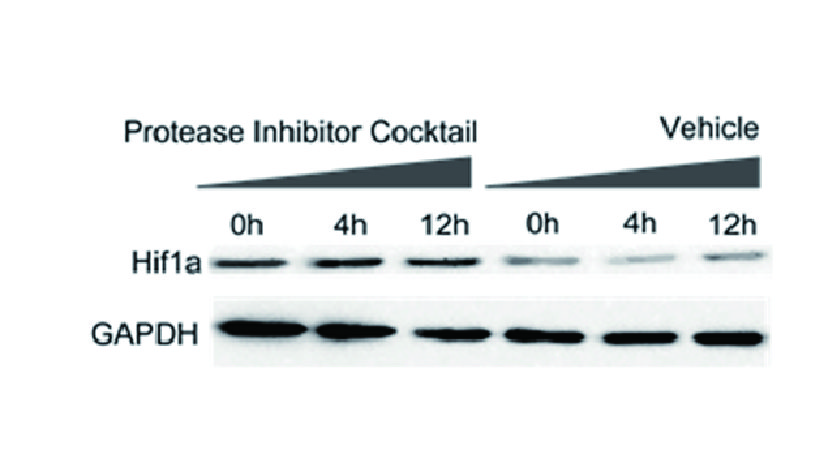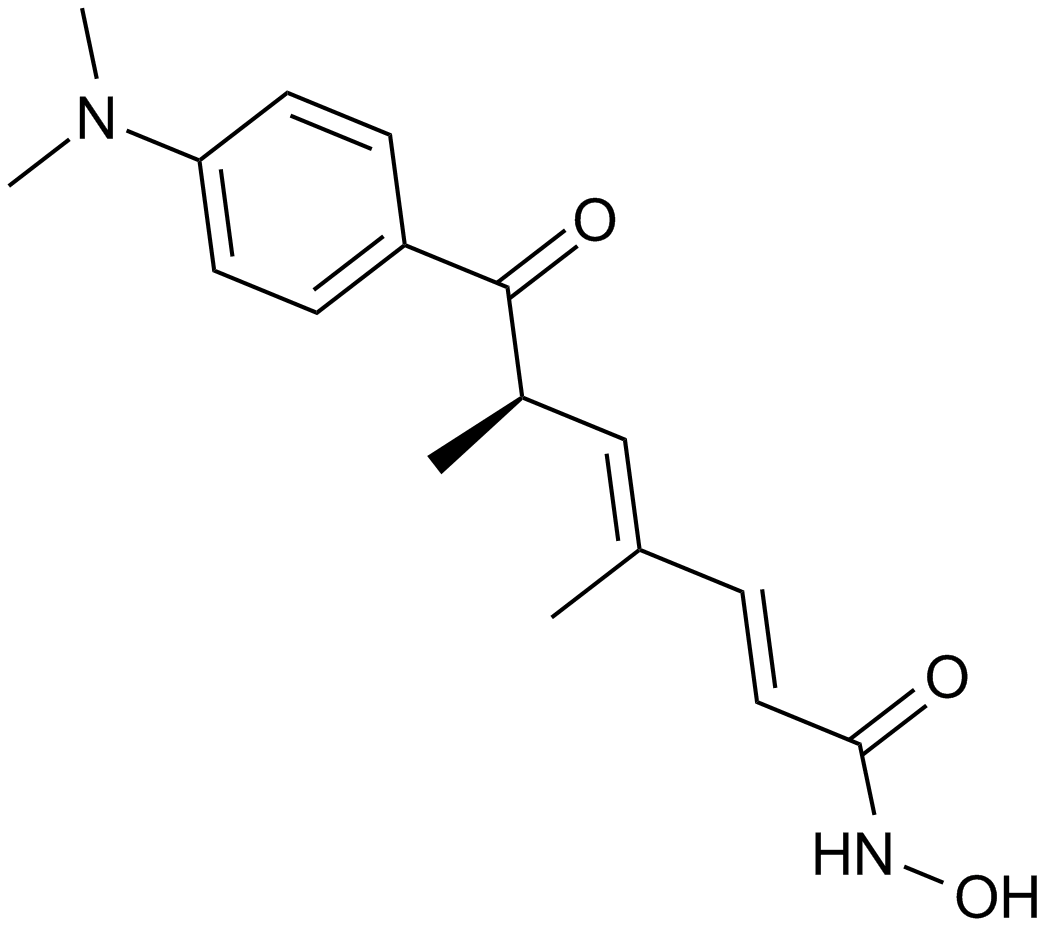Liproxstatin-1 HCl
Liproxstatin-1 HCl (CAS 950455-15-9, free base) is a potent inhibitor of ferroptosis, an iron-dependent, non-apoptotic mode of regulated cell death. It functions by suppressing lipid peroxidation that typically accompanies ferroptosis induction. Liproxstatin-1 HCl demonstrates an IC50 of 22 nM against ferroptotic cell death. In cellular models, including GPX4-deficient or RAS-transformed cell lines and primary human proximal tubule epithelial cells (HRPTEpiCs), Liproxstatin-1 HCl effectively prevents ferroptosis induced by compounds such as RSL3. Furthermore, animal studies show that Liproxstatin-1 HCl mitigates ferroptotic cell death in vivo, reducing injury severity in models of acute renal failure and hepatic ischemia/reperfusion injury.
| Physical Appearance | A solid |
| Storage | Store at -20°C |
| M.Wt | 377.31 |
| Cas No. | 950455-15-9 (free base) |
| Formula | C19H22Cl2N4 |
| Solubility | insoluble in EtOH; ≥18.85 mg/mL in H2O; ≥47.6 mg/mL in DMSO |
| Chemical Name | N-(3-chlorobenzyl)-4'H-spiro[piperidine-4,3'-quinoxalin]-2'-amine hydrochloride |
| SDF | Download SDF |
| Canonical SMILES | Clc1cc(CNC2=Nc(cccc3)c3NC22CCNCC2)ccc1.Cl |
| Shipping Condition | Small Molecules with Blue Ice, Modified Nucleotides with Dry Ice. |
| General tips | We do not recommend long-term storage for the solution, please use it up soon. |
| Cell experiment [1]: | |
|
Cell lines |
Gpx4-/- cells |
|
Preparation method |
The solubility of this compound in DMSO is > 10.5 mg/mL. General tips for obtaining a higher concentration: Please warm the tube at 37 °C for 10 minutes and/or shake it in the ultrasonic bath for a while. Stock solution can be stored below - 20 °C for several months. |
|
Reacting condition |
72 hrs |
|
Applications |
Liproxstatin-1 HCl inhibited the growth of Gpx4-/- cells with an IC50 value of 22 nM. At the dose of 50 nM, Liproxstatin-1 HCl completely prevented lipid peroxidation. Liproxstatin-1 HCl (200 nM) dose-dependently protected Gpx4-/- cells against ferroptosis-inducing agents, such as L-buthionine sulphoximine (10 μM), erastin (1 μM) and RSL3 (0.5 μM), whereas it failed to rescue cell death caused by staurosporine (0.2 μM) and H2O2 (200 μM). |
| Animal experiment [1]: | |
|
Animal models |
GreERT2; Gpx4fl/fl mice |
|
Dosage form |
10 mg/kg; i.p. |
|
Applications |
In GreERT2; Gpx4fl/fl mice, Liproxstatin-1 HCl significantly extended the survival period. The TUNEL staining results after 9-day treatment showed a markedly reduced number of TUNEL+ cells in the Liproxstatin-1 HCl treatment group than in the vehicle control group, indicating that Liproxstatin-1 HCl delayed ferroptosis in tubular cells. |
|
Other notes |
Please test the solubility of all compounds indoor, and the actual solubility may slightly differ with the theoretical value. This is caused by an experimental system error and it is normal. |
|
References: [1]. Friedmann Angeli JP, Schneider M, Proneth B, et al. Inactivation of the ferroptosis regulator Gpx4 triggers acute renal failure in mice. Nat Cell Biol, 2014, 16(12): 1180-1191. |
|
Quality Control & MSDS
- View current batch:
Chemical structure
